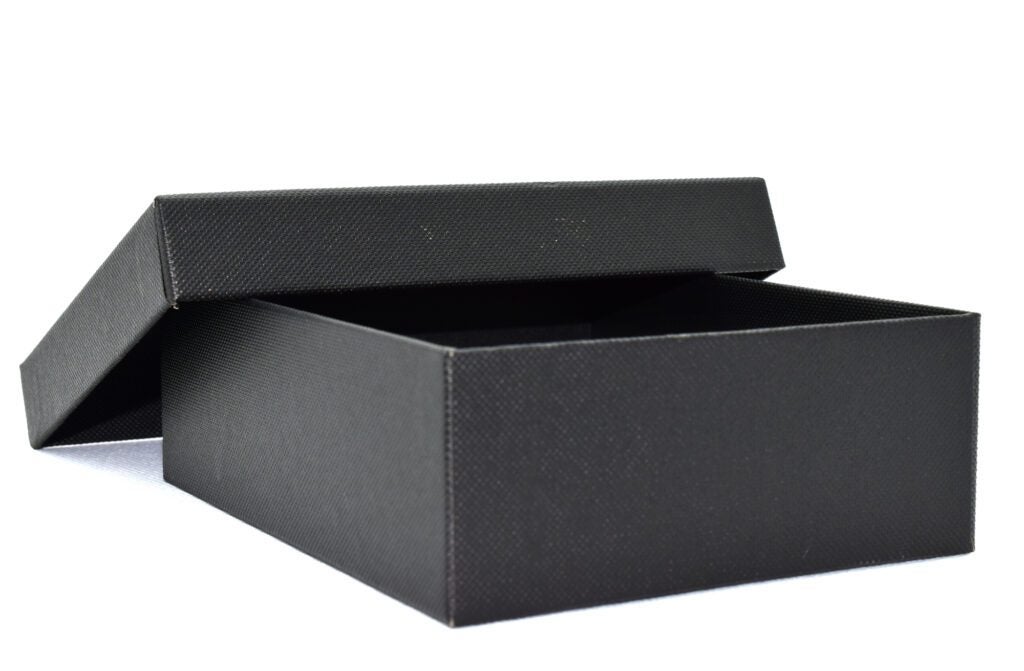A small bone is being thrown.
AdExchanger has learned that Google is offering advertisers information on certain ad placements across its Search Partner Network in response to the most recent Adalytics report.
But Google isn’t opening the door more than a crack.
It’s only telling advertisers whether their ads were served into one of the roughly 30 problematic sites specifically called out in the Adalytics report so they can determine what their level of exposure was.
“To help our advertisers better understand what occurred, we are currently offering information to help advertisers see whether their campaigns running on Search Partner Network served on sites explicitly mentioned in the Adalytics article, which represent a miniscule fraction of the Search Partner Network,” a Google spokesperson told AdExchanger.
“Advertisers can work directly with their account teams for this information,” the spokesperson added.
It’s not clear how far back the reporting goes, but one advertiser source was told by a rep that Google can only provide data going back six weeks.
A (miniscule) peek inside
To rewind, in late November, Adalytics uncovered that search ads were being served in highly brand unsafe environments through the Search Partner Network – sometimes referred to as the Google Search Partners (GSP) network – including on piracy sites, hardcore pornography and US government-sanctioned websites.
Previously, advertisers that used GSP were given zero visibility into where their ads were running in the network at the site-placement level.
That’s usually how black boxes work: There is no transparency into what goes on behind the scenes, and there are few advertiser controls.
But this minor Google concession on search network site-placement data – and its recent move, as reported by Adweek, to allow advertisers to temporarily opt out of the network across all campaigns, including Performance Max – is evidence that advertisers are chafing at the lack of visibility they typically get into Google’s ad tools.
Bad impression
The fact is, 30 illicit websites represent just a fraction of search traffic in the network. Adalytics says it identified tens of thousands of websites that carry the embed code for GSP.
Of those, Adalytics observed ads being served on more than 2,000 domains that appeared to violate copyright laws and 390 that were pornographic.
Google disputes the scale of these findings, claiming the brand unsafe websites cited in the Adalytics report represent a small – or, to use Google’s new favorite word, “miniscule” – subset of the search partner network. Google also said all these examples were from sites that had its programmatic search engine (ProSE) installed.
ProSE is a widget that allows website owners to add a free custom search box to their site, which Google says represents less than 1% of search partner network impressions.
In the days after the Adalytics report came out, Google disabled ProSE on the adult websites called out in the report.
But cleaning up GSP appears to be a work in progress. Check My Ads was still able to call up ads on adult content websites as recently as late last week.
A mixed picture
According to Google, the actions it’s taken in the weeks since Adalytics published its report on the search network are standard practice and part of the normal escalation process that happens when issues are flagged that violate its policies.
 And when advertisers have questions or concerns about unsafe brand placements, Google says it has internal tools that customer support teams can use to help buyers understand where their ads have run.
And when advertisers have questions or concerns about unsafe brand placements, Google says it has internal tools that customer support teams can use to help buyers understand where their ads have run.
The Google spokesperson also reiterated the company’s official line: “Adalytics made wildly exaggerated claims by trying to generate as many negative ad placements as they could,” and Google’s “own analysis found that those placements rarely occurred” before they were intentionally triggered.
But it’s worth noting that although providing advertisers with site-placement information on 30 some odd websites is better than nothing, it’s a far cry from giving buyers a full picture.
For example, the Adalytics report also talks about two pornography sites (an Iranian site called https://dastanhisexy.cc/ and an Italian site called solopornoitaliane.info) that would automatically open pop-out windows in a new tab with very specific search queries. These searches would populate automatically without requiring any user input.
Google has since disabled ProSE on both sites. But before it did, AdExchanger verified that simply clicking near the search bar on the Iranian porn site would auto generate hyper-specific search results, including ads, in a separate tab.
In one instance, a search auto-populated for “astigmatism and glasses” accompanied by an Eyebuydirect ad. Another click led to an automatic search for “English vocabulary” and an ad for Grammarly. Yet another popped up a search for “high mileage oil change coupon” and an ad for Infiniti USA. There were numerous other documented examples.
Google had no comment to share as to whether this type of bad acting is prevalent within GSP, noting only that it constitutes the type of policy violation that Google would review when flagged.
















